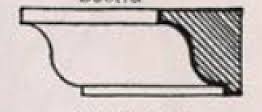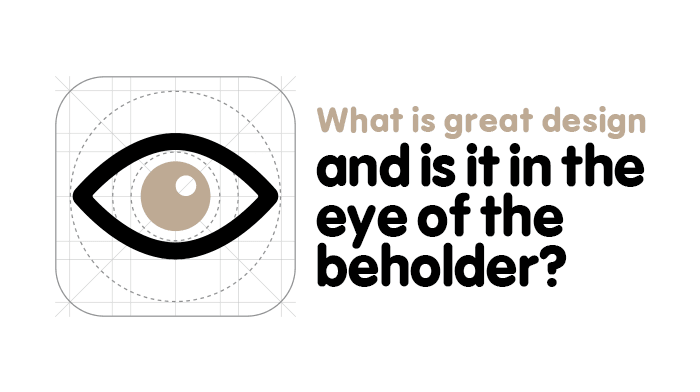In my line of a work, as a stonemason who designs “things” in stone, I generally have two considerations to bear in mind on every project – functional design and aesthetic design.
Take a staircase for example. Its’ functional design requirements are quite simple – an object or device to allow the traffic of people between levels. Or a fireplace – somewhere to burn something to provide heat. Or a lamp – to provide light. All pretty simple stuff really.
In each case, the functional design parameters or standards have already been largely laid out for us by teams of experts, regulatory bodies, government advisors etc. So while this does play an integral part in the design, at least I haven’t had to put together the standards: I just have to meet them! So firstly, a good design should be ‘up to spec’ and allow the finished piece do its job… and it should do it really well.
But what makes a design a truly great design?
Aesthetics & Inspiration
So what’s next after it’s been designed to meet regulations and work really well? I hope I’m not on my own here, but I want my creations to look great, feel right, interact beautifully in the space and environment they are positioned in, make you want to touch them and generally evoke positive feelings. For me, that’s what it’s all about. The journey to get to that point however can frustrate, reward, scare, thrill and provoke many other emotional states en route.
I often consider—and am asked by clients—how does it all start? I still don’t really know the answer. When trying hard to design something, often nothing happens. But when you least expect it, something can nudge you to start something great; walking, driving, a new place, area, country, who knows?
In early architectural design, the Greeks & Romans took huge influence from the natural world and life itself. Take the “Ogee” moulding, influenced by the waves of the sea:

Or take Egg & Dart enrichment – representing life & death:

Perspectives on Great Design
These staple design elements formed an important part of Greek and Roman architectural style, but the final execution also had to look right aesthetically. Take an example of a straight stone column – full sized columns when in position often looked hollow or not straight, so they bellied the line of the column (technical term – Entasis) which made them look straight; a process which is still adopted to this day.
I think this is no different in how I design. Influences from the natural world, life experiences… whether consciously or sub-consciously, they all have their part to play in my design process. However in the final stages I have to be creative and make it ‘look right’ in its own unique way – after all, if it doesn’t look right how can it ever be liked?
The Beauty in Natural Stone
All creative designers have their own unique starting requirement – a writer needs a storyline, a painter needs a picture etc. In my case I am part way there because I already have something as part of my design – stone!
Stone is a beautiful, natural material that for me must play the biggest role in the design itself. And in a final homage to this material—rather like a chef who has wonderful ingredients and is deciding how little he needs to do to it to make the most fantastic dish—I have the same challenge… how little work do I need to apply to this wonderful material to give it the most beautiful finished result? Because each stone is different, that process takes me in new directions on every project, so each finished piece is aesthetically unique. They each ‘look right’.
I don’t think I’ve really explained what good design is, per se. For most people, they only know it when they see it. We know from experience that good design has no definition—there is only the right design for each specific project, with each specific block of stone. So on that note… I would say that good design most definitely is in the eye of the beholder!
To talk to Ian about his design process, see examples of his work or discuss interior design with our team of experts, please don’t hesitate to get in touch. Call 01538 722 733 or alternatively send us an email via our contact form.

